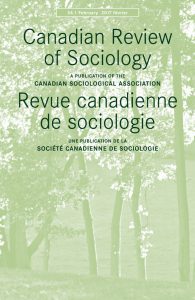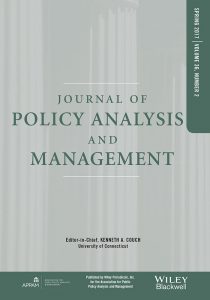Increasing Income Inequality
 by smteixeirapoit
by smteixeirapoit
Income inequality soared in the United States, according to recent research published by Dr. Emmanuel Saez, Professor of Economics at the University of California Berkeley. In the past decade, the top 1.0 percent of incomes grew at a faster rate than the bottom 99.0 percent of incomes. As of 2007, the highest 0.1 percent of earners held 6.0 percent of the income and the highest 10.0 percent of earners held 49.7 percent of the income. These statistics were higher than all years since 1917, even exceeding figures during the stock market crash in the 1920s.
Since Dr. Saez examined income inequality rather than wealth inequality, his research potentially underestimated differences between the rich and the poor. For example, statistics from 2005 suggested that the highest fifth of earners had 50.4 percent of the income and the lowest two-fifths had 12.0 percent of the income (United States Census Bureau 2006). Meanwhile, statistics from the same year showed that the highest fifth had 81.3 percent of the wealth and the lowest two-fifths had 0.9 percent of the wealth (Wolff 2006). As these figures demonstrate, wealth disparities tend to be much greater than income disparities.
Dr. Saez’s research also possibly underestimated current income inequality. Since Dr. Saez completed his research using data from 2007, his findings did not account for the current economic downturn. If we recognize that unemployment rose in the past couple years, we might hypothesize that income disparities increased.
Two theoretical frameworks for understanding income inequality include the human capital and structural approaches. The human capital approach contends that people receive low incomes because they lack attributes needed for occupational success. While this approach focuses on individuals, the structural approach considers factors that constrain individuals. If we realize that the current economic crisis reduced labor market opportunities, we might consider taking a structural approach to explaining and reducing income inequality.
![]() “The Effects of Exports, Public Debt, and Development on Income Inequality” By Harland Prechel
“The Effects of Exports, Public Debt, and Development on Income Inequality” By Harland Prechel

















Great use of social theory to consider the structural aspects of the current economic downturn. This might allow for smarter policy creation to improve economic conditions for people at different structural positions.
Keri